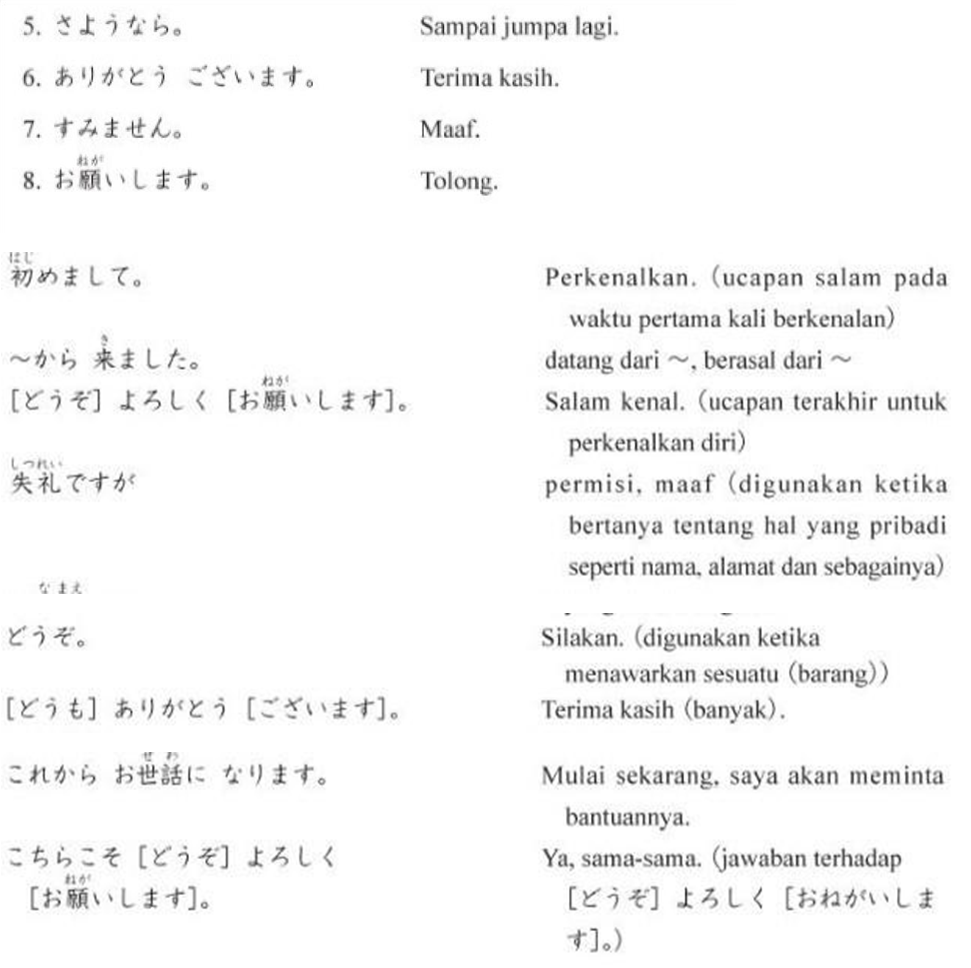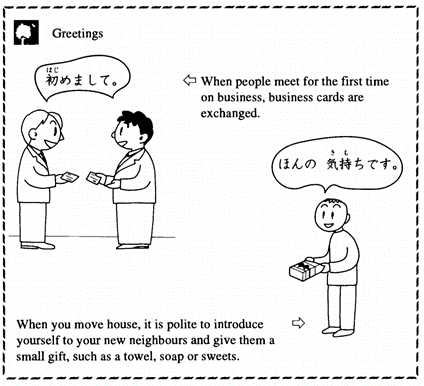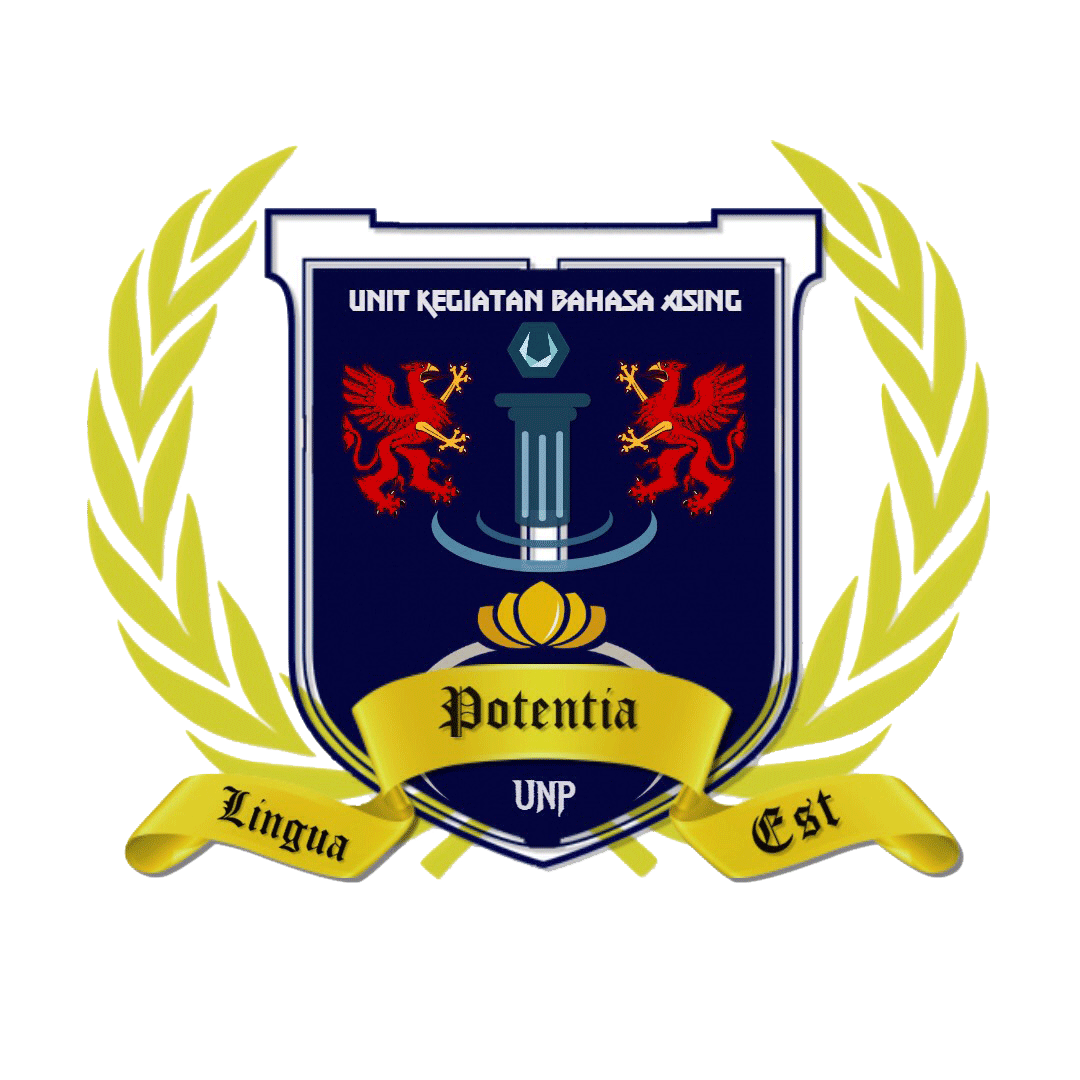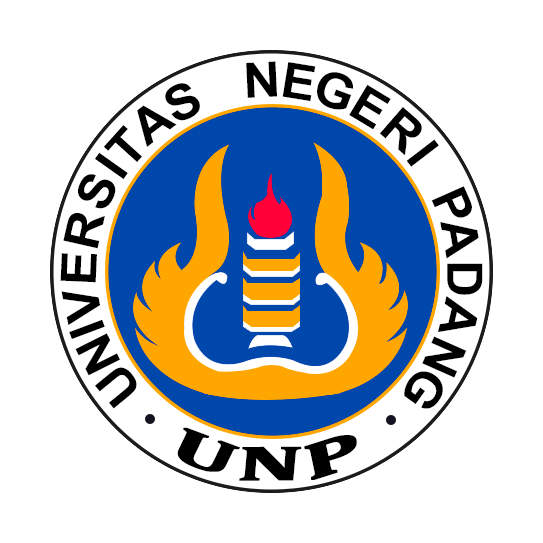Hiragana, Katakana & Kanji | Article
1469 Views •Aisatsu & Jikoshoukai | Article
1116 Views •What is Hiragana, Katakana and Kanji? | Learning Video
965 Views •Jikoshoukai | Learning Video
947 Views •Self-taught Hiragana and Katakana | Learning Video
826 Views •Aisatsu | Learning Video
735 Views •Aisatsu & Jikoshoukai | Article
UKBA E-LEARNING
AISATSU & JIKOSHOUKAI
(GREETINGS & INTRODUCE ONESELF)

Okuyama (in Persson, 2012, p. 3) states that aisatsu consists of 2 kanji, namely 挨(ai) and 拶 (satsu). The first kanji means "to push" and "to make an approach". The second kanji also has almost the same meaning "to approach, near" and "to put A between B and C". In the Indonesian Japanese dictionary written by Edizal (2013), aisatsu means greeting or greeting.
From this it can be concluded that aisatsu is a cultural gesture that is intended to foster a sense of closeness in social relations in the form of greetings, gestures (nods, bows, shaking hands, and others).
Furthermore, the aisatsu expressions that will be discussed are further grouped into:a. The phrase aisatsu first meeting or introduction (はじめまして),used when we meet people we do not know. Hajimemashite is a form that can be used in both formal and informal situations.
「はじめまして、エリンです。」 ” Hajimemashite, Erin desu. “ “ Allow me to introduce myself, my name is)
b. Aisatsu's words when meet again
- (ただいま) Tadaima is an aisatsu that is used when we return to our home or place of origin before leaving.
- (おかえり/おかえりなさい) Okaeri is a reply to the expression tadaima. Okaeri is spoken by people who are in that person's house or place.
- (おひさしぶり / ひさしぶり) is an aisatsu that is used when speakers meet each other again after a long time.
c. Aisatsu expression based on time



LEARNING VIDEO 1 (AISATSU)
LEARNING VIDEO 2 (JIKOSHOUKAI)
by UKBA UNP
Komentar tidak diaktifkan untuk kursus ini.
Share Konten Ini
Bagikan Link
Share di Social Media
Share melalui Email
Silakan login untuk membagikan ini Artikel dengan email.

